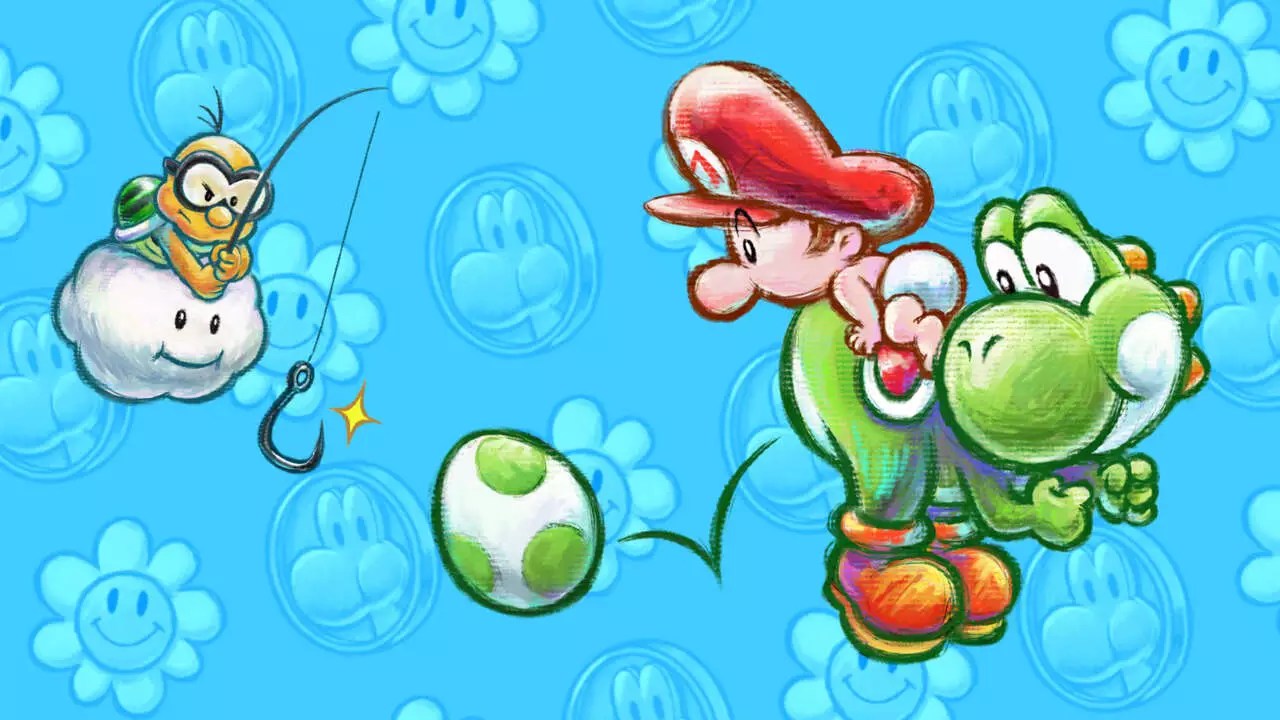The much-anticipated opening of the Nintendo Museum in Kyoto, Japan, marks a significant moment in the world of gaming culture and history. With an extensive collection of Nintendo memorabilia, the museum is set to showcase not just the success stories of one of gaming’s most iconic companies, but also the rich narrative that has unfolded over decades. As enthusiasts prepare to explore the exhibits, the museum inadvertently positions itself as a final arbiter in longstanding gaming debates, offering clarity on the classification of beloved franchises.
One of the most intriguing aspects of the Nintendo Museum is its decision to categorize games into specific franchises, which brings clarity to questions that have loomed large within the gaming community. The debate surrounding “Yoshi’s Island” has been particularly prominent; gamers have long pondered whether the title belongs to the Mario series or stands alone within the Yoshi franchise. According to insights shared by Dan Ryckert following a preview of the museum, this debate finds resolution in the museum’s layout: “Yoshi’s Island,” despite its deep connections to the Mario universe, is placed firmly within the Yoshi exhibit.
This categorization serves as a noteworthy point of discourse. For many, the mere association of characters and gameplay mechanics might lead them to classify “Yoshi’s Island” as a Mario game. However, Ryckert’s observations suggest that, at least in the eyes of Nintendo, Yoshi takes center stage in this title. The exhibit raises an important question about the nature of game franchises and how they are perceived by both their creators and the gaming community at large.
With the Mario franchise receiving considerable emphasis within the museum, it stands as a testament to the character’s iconic status in gaming history. The display encompasses Mario’s various escapades, ranging from classic platformers to spin-offs such as kart racing and sports games, illustrating the character’s evolution over time. The comprehensive representation reinforces Mario’s role as a cornerstone of not only Nintendo’s identity but also the broader gaming landscape.
Yet, it also prompts further inquiry: Does the emphasis on Mario overshadow other equally important characters like Yoshi who deserve their own recognition? The separation of “Yoshi’s Island” into its own category shines a light on the importance of recognizing the manifold dimensions of gaming franchises, suggesting that each character and game contributes uniquely to storytelling and gameplay experiences.
Players now have the opportunity to experience “Yoshi’s Island” through platforms like Nintendo Switch Online, where they can engage with the game firsthand and form their own opinions about its rightful place within the gaming hierarchy. As the museum continues to attract attention, it beckons fans to examine their perspectives and encourages open-ended discussions about franchise identities.
The Nintendo Museum not only showcases the legacy of Nintendo but also serves as a catalyst for ongoing conversations about video game history, identity, and classification. As enthusiasts flock to experience the remarkable collection, the underlying dialogues about franchises, characters, and their interrelationships are sure to enhance the overall appreciation of gaming culture.


Leave a Reply